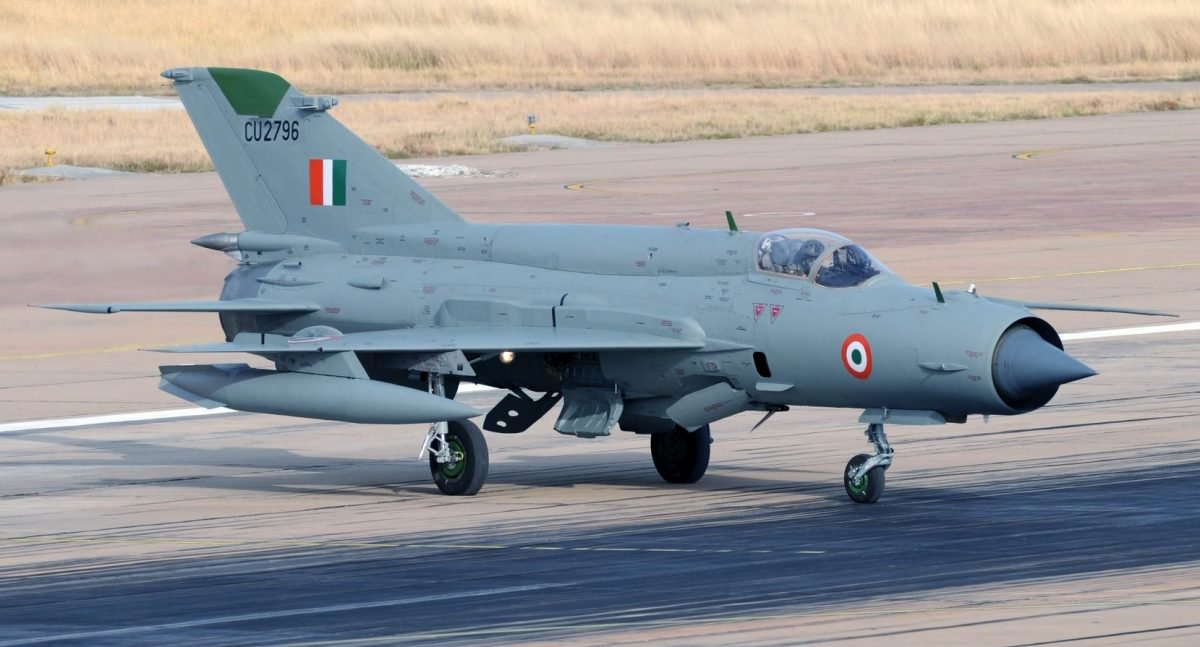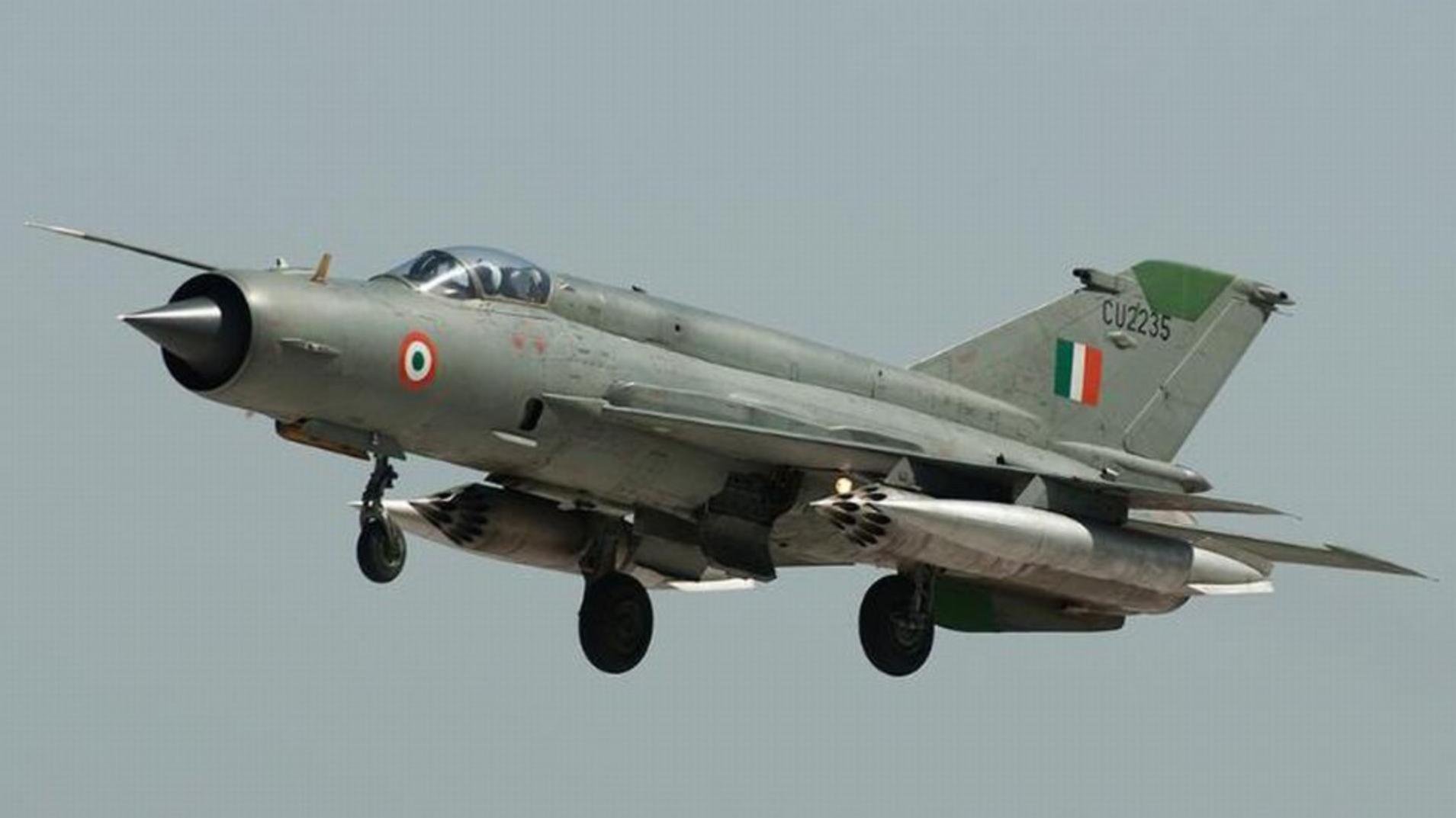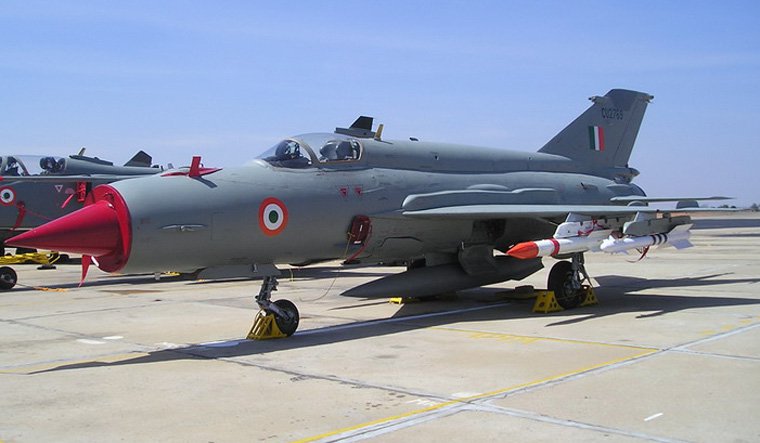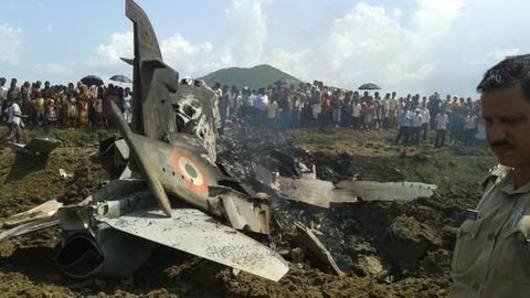Over 180 IAF pilots have been killed in MiG-21 accidents since 1970. These accidents have also resulted in the deaths of over 40 civilians. It’s no wonder these jets have assumed grim tags such as the ‘flying coffin’ and the ‘widow maker’.

In the early 80s, the IAF realised it needed to replace its MiG-21s since their shelf life was coming to an end, and they introduced the Tejas programme. However, there were snags in the programme, and red tape caused it to drag on for several years. The output of the Tejas is also abysmally low, and not quick enough to keep our skies safe.


One IAF officer told Rediff –
There is no one single factor responsible for the high rate of accidents. Besides human error and engine problems, a noticeable number of fighters crash due to bird hits.

Another issue that has contributed to the MiG-21’s death toll is the availability of spare parts.
Air Vice Marshall SJ Nanodkar told The Tribune –
The IAF is compelled to carry on using the MiG-21 in the absence of a viable option. This will continue as no immediate replacements are coming.
There have also been some pertinent question being asked online about the continued presence of these unsafe war machines.
Actually, I’m still baffled. We do have hundreds of advanced Sukhoi 30s and Mig 29s. Why would an old and less capable Mig 21 be used today? Can any defence expert help with an explanation? https://t.co/rb5uVHQFH9
— Vikram Chandra (@vikramchandra) February 27, 2019
1. MiG-21 was first deployed in the 1965 War.
— Rakesh Simha (@ByRakeshSimha) February 27, 2019
2. In 1971 War it performed well.
3. In the 1999 Kargil War, India still used MiG-21s.
4. In 2019 the IAF is forced to fly the 60 year old MiG-21.
5. If this is not criminal neglect by the political leadership, then what is?
But why a Mig 21. These machines go down so often that they are their own enemies.
— Gabbbar (@GabbbarSingh) February 27, 2019
India has more options, Why #IAF uses Mig-21 it crashes many time while training also#MiG21
— Vishal Kumar (@VishalKumarIOB) February 27, 2019
Air Chief Marshal P.V. Naik, the former chief of the Indian Air Force, has a different view of the matter. He told The New York Times –
I have flown more than 2,000 hours in various variants of the MIG-21. Any issue with the MIG-21 gets magnified because much of the fleet comprises of this type.
The IAF has also been demanding new jets for 2 decades, but the issue is still pending. The current plan is that the IAF will phase out nine squadrons of the MiG-21 and 2 MiG-27 over the next 5 years.

















